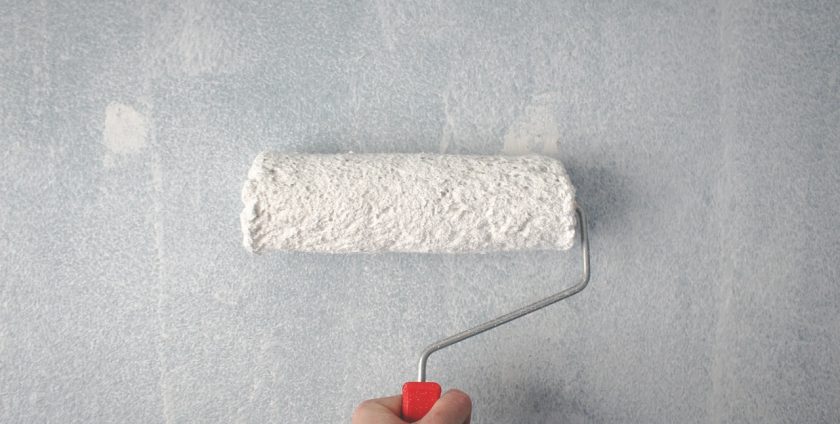
Painting walls and ceilings is one of the basic finishing works in a new apartment or renovation of older houses and apartments. Paints for the interior of the house, which are available on the market, give the rooms a unique aesthetic value. Their selection is so large that it is sometimes difficult to make a final decision.
Types of interior paints
For interior painting, mainly water-borne products are used. Depending on the type of binders used in them, these will be paints with an organic binder or with a mineral binder. This binder is a material that binds all the particles of the other ingredients, that is:
- pigments
- fillers
- thinner
- solvents
- auxiliaries
Organic home interior paints
Glue paints
In fact, this type of paint has almost disappeared from the market and relatively few people decide to buy them, mainly due to the need to mix powder with water, which takes time. The binding agent used to be glue made of animal bones and skins, but nowadays as a rule a cellulose-derived polymer. The adhesive paint is easy to use and has very good covering properties. It is distinguished by good resistance to abrasion, at the same time it is easy to remove from the substrate, which is important during renovation. It is suitable for mineral plasters, gypsum boards, paper and Rauhfaser wallpapers, and it is most suitable for painting stucco and surfaces requiring flexible paints. It absolutely cannot be used outdoors. It is definitely an interesting, ecological alternative to emulsion paints, because it contains only natural ingredients and no preservatives.
Emulsion, or dispersion paints
In their case, the binder are various resins responsible for the functional properties of this type of paint. Emulsion paints include:
Polyacetate paints
Currently, it is rarely used because it has been replaced by acrylic and latex paints. They can be applied on not too thick layers of glue paints.
Acrylic interior paints
Their binder is acrylic resin. Acrylic paints for the interior of the house are characterized by good flexibility and adhesion to the substrate, and above all, universal application. Only surfaces covered with oil paint cannot be covered with acrylic, but it has great coverage:
- primed plasters
- gypsum substrates
- wood
- plastics
- gypsum cardboard plates
- concrete
Acrylic paint is resistant to abrasion and is very permeable to water vapor, which has an impact on maintaining a proper microclimate in the room. It works well in every room, except for the kitchen and bathroom, where we have an increased level of air humidity. It is precisely this lack of resistance to contact with moisture that is considered to be the greatest disadvantage of acrylic paints. Surfaces painted with them become quite susceptible to various damages. In addition, paints from the lower end of the price range can fade and become covered with small bubbles.
Interior latex paints
They are in fact a variety of acrylic paints, but they contain a greater amount of resin in the composition, which creates an extremely flexible and well-covering coating. Latex paints have fantastic resistance to moisture and cleaning, so they are perfect for kitchens and bathrooms. Some may contain additional moldicides and antifungal agents. Latex paints are easy to apply and do not discolour even after a long time. Disadvantages? First of all, the higher price. It is also not possible to paint surfaces covered with latex paint with a new layer, it should not be painted with such paint if the temperature does not exceed 10 degrees.
Acrylic-latex paints
They combine the greatest advantages of both types, i.e. good air permeability, characteristic of acrylic, as well as flexibility and resistance to scrubbing, i.e. features of latex paints.
Vinyl paints
Their binder is polyvinyl chloride or polyvinyl acetate. They are mainly used in utility rooms. They can be washed off. However, due to their low vapor permeability, they make it very difficult for the walls to breathe.
Ceramic paints for interiors
These are very modern latex paints containing ceramic particles that create a stain-resistant coating. The walls painted with them do not absorb dirt and dust. They are great to wash off and even scrub. They are suitable for all rooms, including damp rooms. Ceramic paints not only smooth out any unevenness, but also give a beautiful shine. The biggest disadvantage is, of course, the high price.

